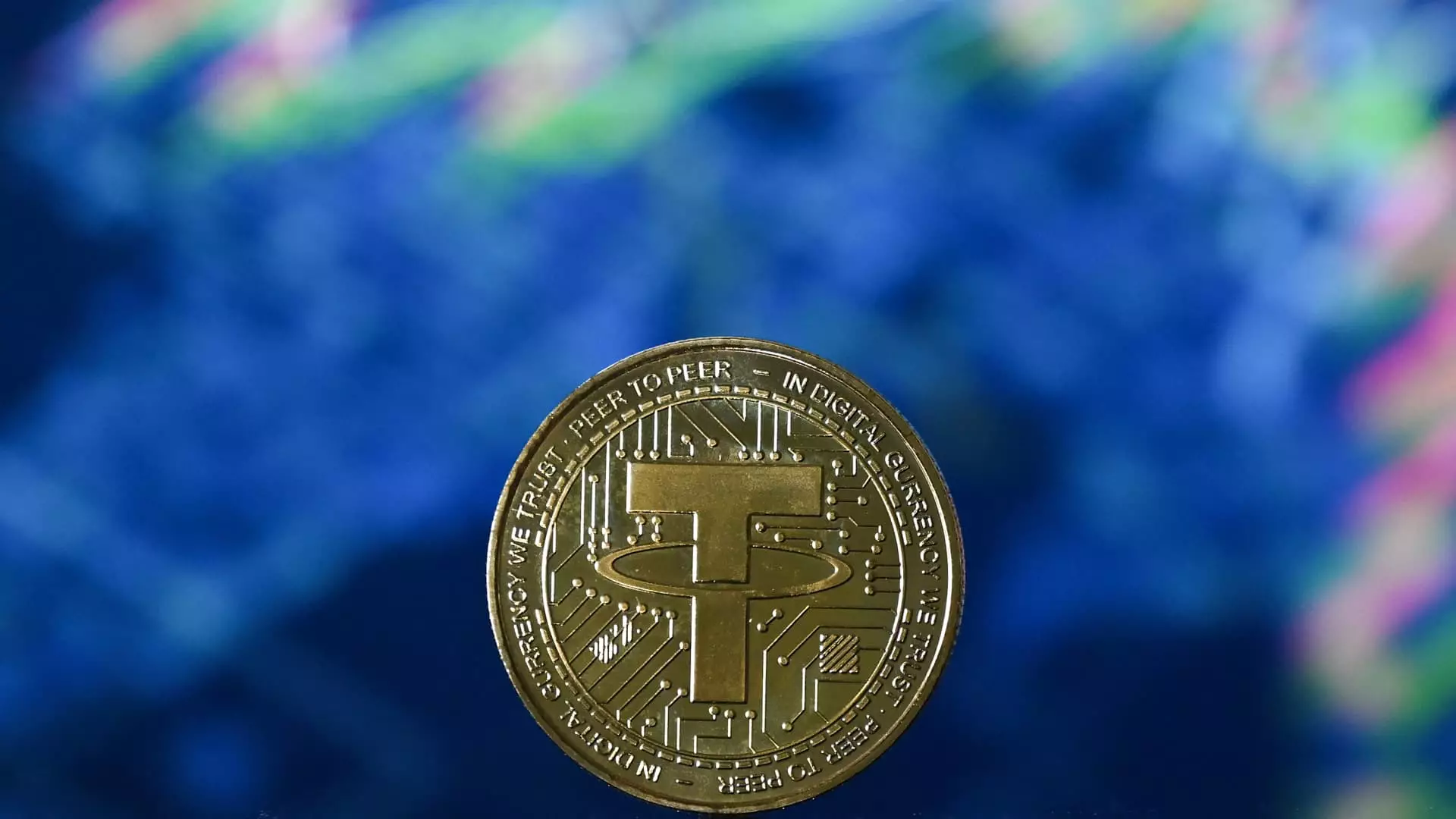The recent announcement by the Securities and Exchange Commission (SEC) regarding stablecoins has sparked a wave of discussions on regulatory frameworks and market future. The SEC’s Division of Corporate Finance explicitly stated that certain stablecoins, particularly those designed to maintain a one-to-one value with the U.S. dollar, will not be classified as securities. Dubbed “covered stablecoins,” these assets must adhere to specific guidelines like being backed by low-risk reserves, redeemable at a dollar value, and exempt from issuing interest to holders. This seemingly positive clarification does not come without its intricacies and implications that reveal deeper issues within the regulatory landscape. The SEC’s protective stance could perhaps stifle innovation, inadvertently blocking the very economic progress that it ostensibly aims to safeguard.
Interference with Consumer Rights
A particularly glaring issue lies in the SEC’s prohibition against yield-generating activities for covered stablecoins. While the commission rejoices in asserting that these coins are not securities, it simultaneously constrains potential revenue opportunities for holders. Coinbase CEO Brian Armstrong has shown justifiable concern over this restriction, emphasizing that interest-bearing activities are essential for attracting both consumer and institutional engagement in this ever-evolving market. The argument here isn’t merely about financial incentives but about consumer choices—a fundamental right in any liberal market. When regulators impose limits on what consumers can earn on their assets, they play the role of the overbearing guardian rather than facilitating economic growth and individual liberty.
The Dual Legislation Landscape
The current political climate brings forth a dichotomy in legislation concerning stablecoins. With two competing bills—the Stablecoin Transparency and Accountability for a Better Ledger Economy Act (STABLE) and the Guiding and Establishing National Innovation for U.S. Stablecoins Act (GENIUS)—the tumultuous landscape only exacerbates uncertainty within the market. The presence of these conflicting legislative measures reflects a larger issue: Congress’s struggle to understand the technology behind cryptocurrencies. When policymakers lack comprehension about what they aim to regulate, the potential for haphazard regulations increases. This often results in stifling a rapidly growing market that has shown immense potential to revolutionize financial systems.
The Risk of Misguided Expectations
Optimism is understandable; the stablecoin sector alone has seen a remarkable market growth. However, relying on Congress to expedite meaningful legislation may also lead to unrealistic expectations. Just because there is a prospective push from the President doesn’t guarantee sensible legislation. History shows that programs born from haste often end in chaos. The cryptocurrency industry’s relentless evolution necessitates an equally dynamic regulatory framework, ideally one that is practical and informed. Investors and consumers looking for stability in digital currency must tread cautiously in a landscape clouded by political maneuvers and regulatory uncertainties.
The Chaotic Impetus of Yield-Bearing Stablecoins
The allure of yield-bearing stablecoins has surged post-U.S. elections, with their market cap scaling over $13 billion—a stark contrast to the SEC’s insistence that such assets would fall under securities law. Yield-bearing options present a corollary between traditional finance and digital assets, suggesting a clear demand from consumers and investors alike for alternatives that remain unaddressed by current regulations. The SEC’s restrictive position omits a crucial aspect of consumer desires, favoring caution over progress and stunting the innovation that cryptocurrencies inherently promise.
Challenges to Confidence and Innovation
With the SEC stepping in to define boundaries, one cannot ignore the potential chilling effect on innovation and investor confidence. The ambiguity and limits surrounding stablecoins may deter new startups from entering the marketplace, effectively resulting in a stunted ecosystem. For a technology aimed at decentralizing and democratizing finance, constraining its growth through overregulation can lead to unintended consequences, namely the departure of talent and investment to more crypto-friendly jurisdictions.
This is a call to action—not merely for Congress and regulators but also for investors and innovators within the crypto community. The complexities of these decisions warrant serious introspection about the future of stablecoins and the implications for a financial ecosystem continuously striving for balance between regulation and innovation.

